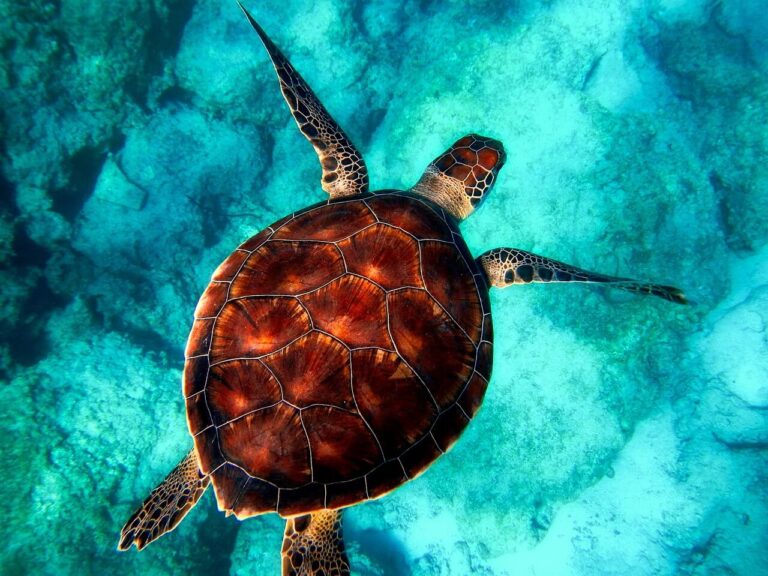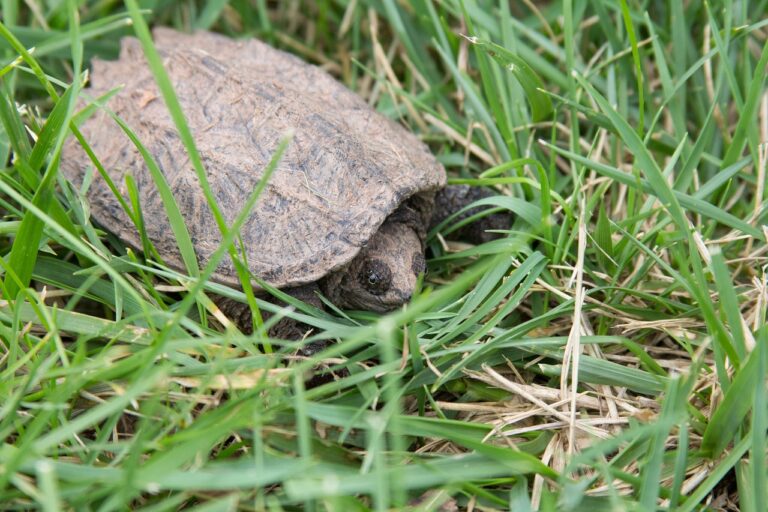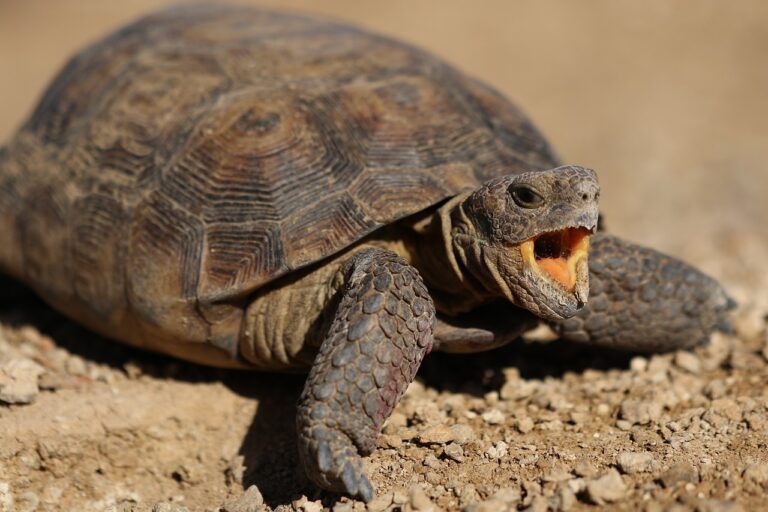Imagine a world where colossal turtles roamed the oceans, their immense size and gentle nature captivating the imagination. In the pages that follow, we delve into the fascinating world of Archelon, a remarkable species that once graced our planet’s waters. We’ll journey through its taxonomy, description, habitat, behavior, and more, uncovering the secrets of this magnificent ancient giant.
Introduction
Meet Archelon, the awe-inspiring giant of the prehistoric seas. Scientifically known as Archelon ischyros, this ancient sea turtle was a true marvel of nature. With its incredible size and intriguing features, Archelon has left an indelible mark on the world of paleontology and our understanding of Earth’s history.
Taxonomy and Classification
Archelon belongs to the following taxonomic classifications:
- Kingdom: Animalia
- Phylum: Chordata
- Class: Reptilia
- Order: Testudines
- Family: Protostegidae
- Genus: Archelon
- Species: Archelon ischyros
While Archelon is a unique and distinct species, it had close relatives within the Protostegidae family, such as Protostega gigas and Desmatochelys padillai, which also inhabited ancient oceans.
Description
The Colossal Frame
Archelon was nothing short of colossal. Adult individuals of this species reached lengths of up to 15 feet (4.5 meters) or more, making them one of the largest sea turtles to ever exist. Imagine a creature the size of a small car gracefully gliding through the ancient seas.
Distinctive Shell
One of the most remarkable features of Archelon was its shell. Unlike the hard, bony shells of modern sea turtles, Archelon had a unique shell composed of a mosaic of small, bony plates. This shell structure, known as osteoderms, provided protection without compromising flexibility. The turtle’s shell was streamlined, aiding its movement through water.
Coloration and Appearance
While we don’t have color photographs of Archelon, scientists believe it had a dark-colored shell. This coloration likely helped it blend into the deep ocean waters, offering a degree of camouflage against potential predators.
Sexual Dimorphism
It’s challenging to determine sexual dimorphism in Archelon due to limited fossil evidence. However, scientists suspect that males and females may have had subtle differences in shell shape or size, as observed in some modern sea turtle species.
Habitat and Range
Archelon once inhabited the vast seas that covered parts of North America during the Late Cretaceous period, approximately 75 million years ago. Fossils of Archelon have been discovered in what is now South Dakota, Wyoming, and Nebraska, showcasing the species’ presence in the Western Interior Seaway, a vast ancient ocean that divided North America.
Behavior and Diet
Solitary Swimmers
Archelon was likely a solitary creature, primarily seen cruising the open ocean. Its streamlined body and powerful flippers allowed it to cover long distances as it swam gracefully through the water.
Herbivorous Diet
The diet of Archelon mainly consisted of marine plants such as seaweed and algae. Its jaws were adapted for cropping and tearing vegetation, making it an herbivore with a vital role in maintaining the balance of the ancient marine ecosystem.
Reproduction and Life Cycle
Archelon’s reproductive behaviors remain somewhat of a mystery, but we can make educated guesses based on what we know about modern sea turtles.
Nesting Habits
Like modern sea turtles, Archelon was likely a nester. It would have returned to the shores of ancient seas to lay its eggs in carefully excavated nests. These nesting sites, now fossilized, provide valuable insights into its reproductive habits.
Eggs and Hatchlings
Archelon laid eggs in clutches, with each clutch containing numerous eggs. Hatchlings would have emerged from their nests and embarked on a perilous journey to the sea. The survival rate of hatchlings was relatively low, as they faced numerous predators during this vulnerable stage of life.
Conservation Status
As a species that existed millions of years ago, Archelon is no longer present in our world today. However, understanding its life and ecology can offer important insights into the ancient marine ecosystems and how they have changed over geological time.
Significance and Importance
Ecological Role
Archelon played a crucial role in the ancient marine ecosystem as a herbivore. By feeding on marine plants, it helped control the growth of algae and maintain the health of underwater habitats.
Cultural and Scientific Significance
Archelon holds immense cultural and scientific importance. Its fossils provide a window into Earth’s history, allowing scientists to piece together the puzzle of our planet’s past. They also inspire awe and wonder, reminding us of the incredible diversity of life that has inhabited our world.
Interesting Facts
- Archelon’s massive size and unique shell structure set it apart from all modern sea turtles, making it a true ancient giant.
- The Western Interior Seaway, where Archelon lived, was teeming with diverse marine life, including giant predators like mosasaurs.
- Fossils of Archelon provide valuable information about the ancient climate and geography of North America.
Protection and Conservation Efforts
While we cannot protect Archelon as a species today, we can draw important lessons from its ancient existence. The preservation of fossils and the study of ancient life help us better understand our planet’s history and the forces that have shaped it.
In the modern world, we have a responsibility to protect the sea turtles that still grace our oceans. Various organizations and conservation efforts are dedicated to ensuring the survival of these remarkable creatures. You can contribute to their conservation by supporting these initiatives, practicing responsible beach activities, and reducing plastic pollution in our oceans.
Conclusion
The Archelon turtle, an ancient giant of the seas, has left an indelible mark on our understanding of Earth’s history and the incredible diversity of life that has graced our planet. Its colossal size, distinctive shell, and herbivorous diet make it a fascinating subject of study. While Archelon may no longer roam our oceans, its legacy lives on in the fossils that tell its story.
As we reflect on the majesty of Archelon, let us also be inspired to protect and preserve the sea turtles of today. Just as Archelon played a vital role in ancient ecosystems, modern sea turtles contribute to the health of our oceans. By learning from the past, we can ensure a brighter future for these remarkable creatures and the fragile ecosystems they call home.
References
- Joyce, W. G., & Anquetin, J. (2019). A review of the fossil record of turtles of the clades Platychelidae and Dortokidae. Bulletin of the Peabody Museum of Natural History, 60(1), 3-49.
- Hay, O. P. (1908). The fossil turtles of North America. Carnegie Institution of Washington.
- Sloboda, W. (2021). Protostegidae: The Giant Turtles of the Cretaceous. In Sea Turtles of the World (pp. 3-17). CRC Press.
Images and Illustrations courtesy of Paleoartistry and Prehistoric Wildlife.



